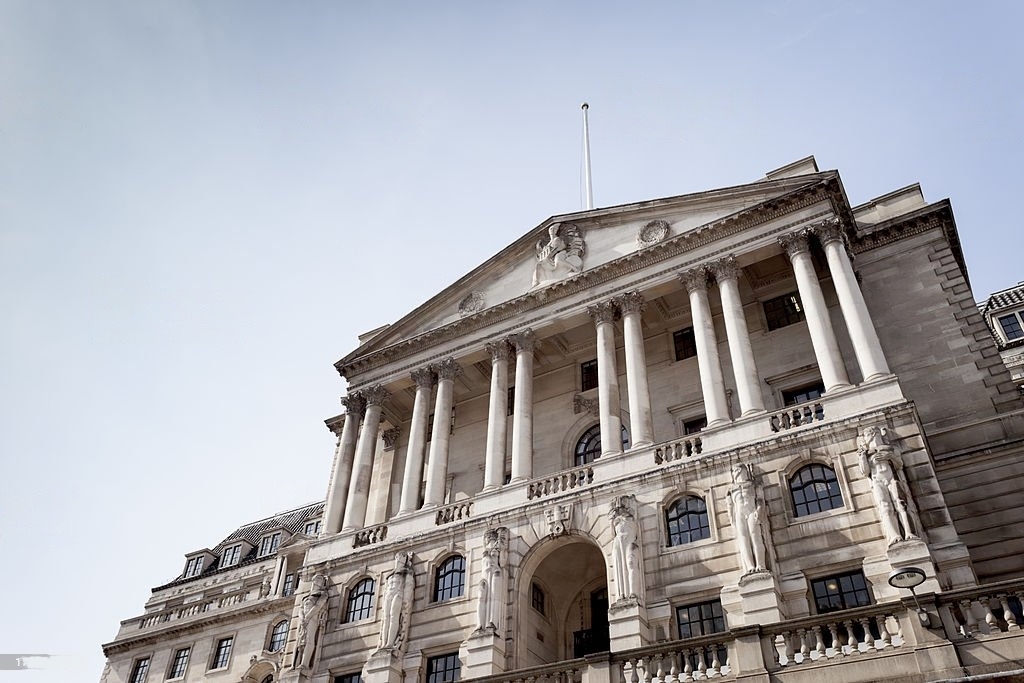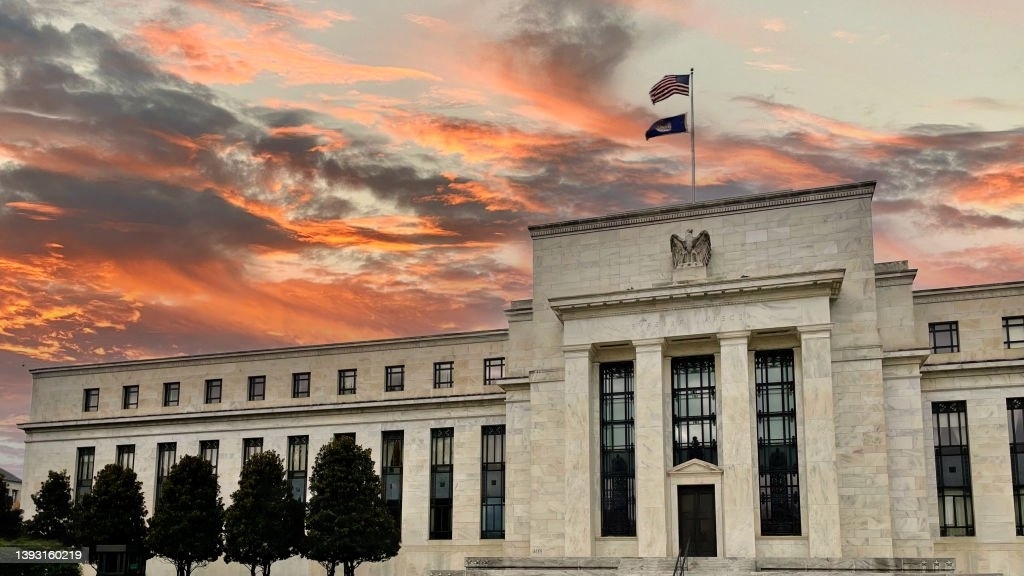
A nation's monetary policy is heavily influenced by central banks. Central banks work to maintain price stability, foster economic expansion, and control inflation through their choices and activities. In this essay, we will examine how central banks influence monetary policy while taking into account various viewpoints and how their choices affect the economy.
Role of Central Banks
- Price Stability: To maintain price stability is one of central banks' main goals. They strive to keep inflation within a predetermined range, usually 2%. By preserving price stability, central banks support long-term economic expansion and preserve the value of the currency.
- Interest Rates: Interest rates, which affect borrowing costs and overall economic activity, can be set by central banks. Central banks can either warm or chill the economy by changing interest rates. Lowering interest rates increases investment and borrowing, which boosts the economy. However, increasing interest rates can reduce inflationary pressures and stop the economy from overheating.
- Open Market Operations: Central banks conduct open market operations by buying or selling government bonds in the open market. Such operations influence the money supply, affecting interest rates and overall economic conditions. By buying government bonds, central banks inject liquidity into the financial system, stimulating economic activity. Conversely, selling government bonds reduces the money supply, creating a tightening effect on the economy.
- Banking Regulation: Commercial banks and other financial institutions must be governed and overseen by central banks. To protect the stability and integrity of the banking system, they create and enforce rules. To maintain the banking sector's resilience, central banks do stress tests, set capital requirements, and monitor financial indicators.
- Currency Stability: Central banks also play a role in maintaining the stability of the national currency. They monitor exchange rates, intervene in the foreign exchange market if necessary, and manage the country's foreign exchange reserves. This helps prevent drastic currency fluctuations that could affect trade and economic stability.

Diverse Perspectives
- Inflation Hawks: Some contend that the primary goal of central banks should be to combat inflation. They think that high inflation threatens economic stability by devaluing currencies. In order to control inflation, inflation hawks support proactive monetary policy measures, including increasing interest rates and tightening monetary conditions.
- Doves: Others emphasize the significance of encouraging job creation and economic growth. Doves contend that in order to boost economic activity and lower unemployment, central banks should be more accepting of mild inflation. To encourage economic growth, they support expansive monetary policy measures, including decreasing interest rates and boosting liquidity.

Impact of Central Bank Decisions
Central bank decisions have a significant impact on the economy, financial markets, and individuals. Their policies can influence:
- Interest Rates and Borrowing Costs: Interest rate changes have a direct impact on how much it costs for people, corporations, and governments to borrow money. Higher interest rates can make borrowing more expensive and potentially slow down economic activity, while lower interest rates might encourage borrowing and investment.
- Inflation and Purchasing Power: Controlling inflation is largely dependent on central bank actions. Central banks work to maintain price stability and the value of the currency by regulating the money supply and borrowing costs.
- Exchange Rates: Changes in exchange rates can have an impact on international trade, the competitiveness of imports and exports, and the cost of conducting business internationally.
- Financial Market Stability: The central bank's rules and guidelines help keep the financial system stable. They regulate banks and other financial institutions in order to prevent systemic risks and protect investors and depositors.





